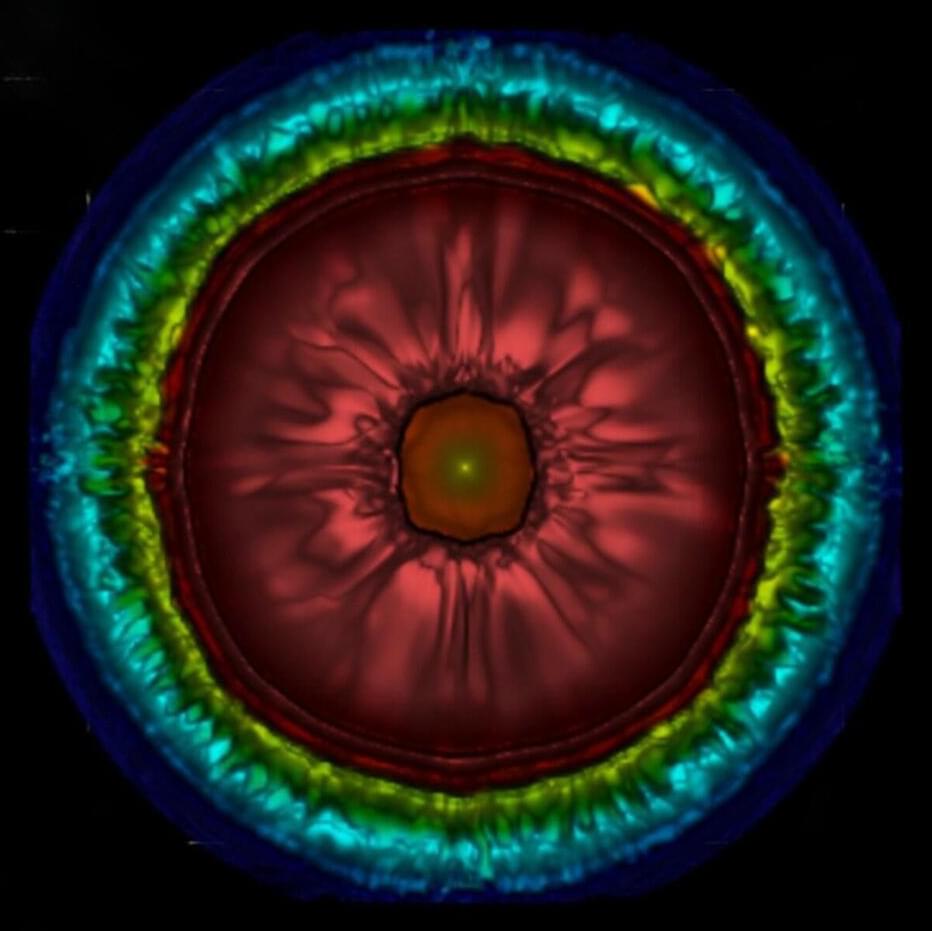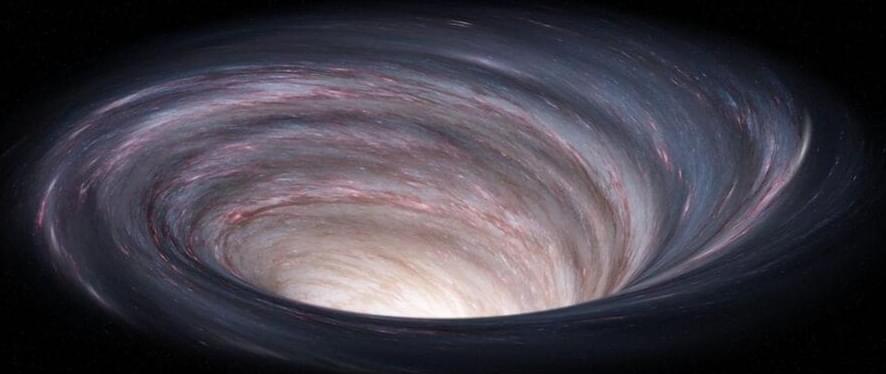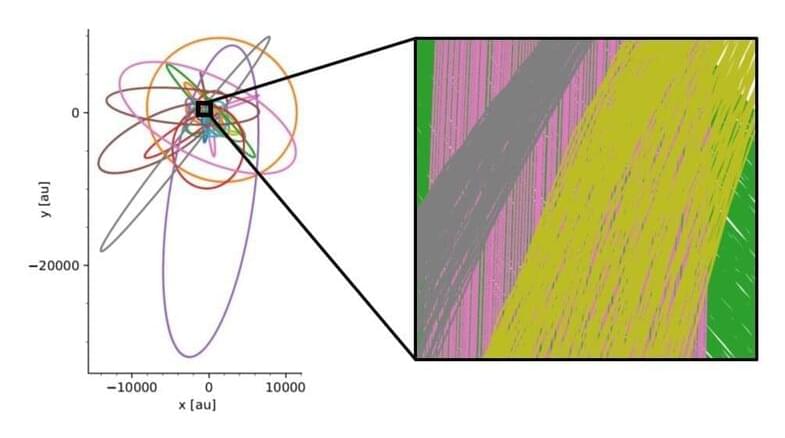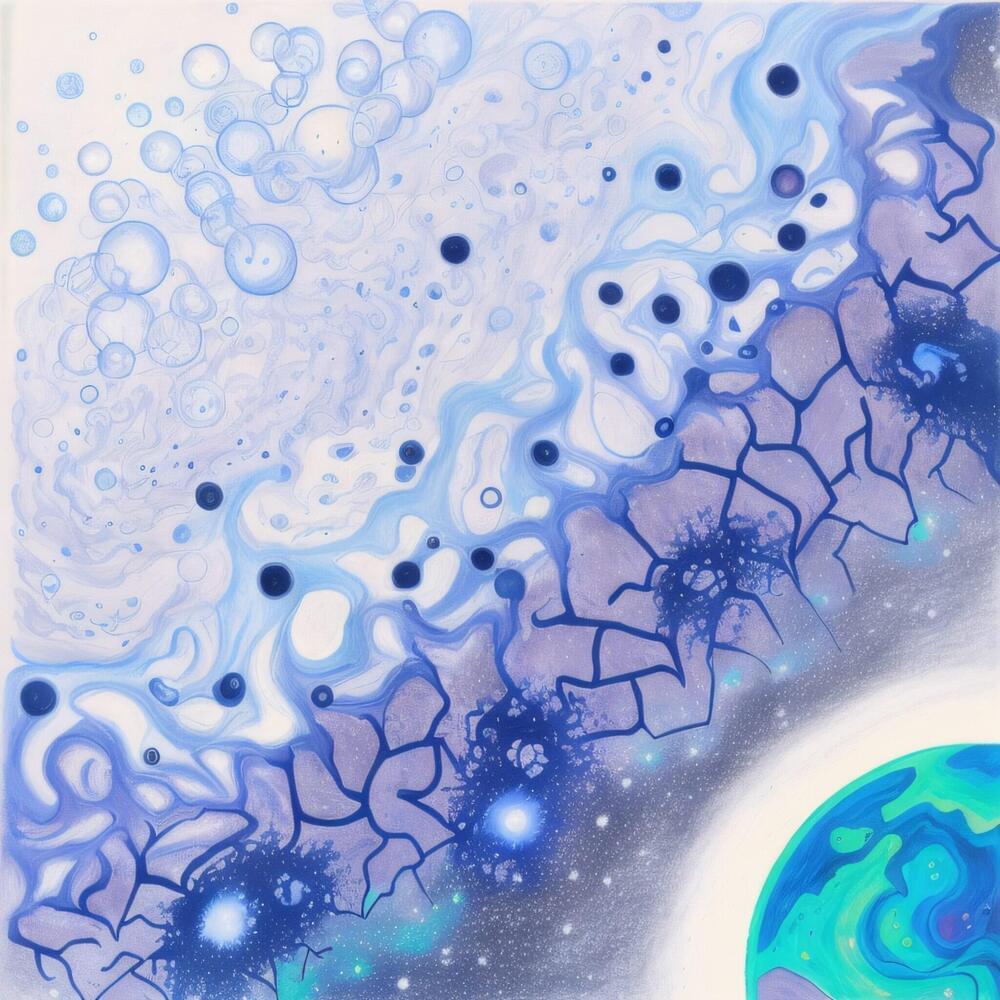The universe is bigger than you think.
This means any deep-space future awaiting humanity outside our solar system will remain beyond the span of a single life until we develop a means of propulsion that outclasses conventional rockets. And, when three studies rocked the world earlier this year, it felt like a dream come true: Warp drive was no longer science fiction, potentially unlocking a theoretical basis to build faster-than-light warp drive engines that could cut a trip to Mars down to minutes.
However, a recent study shared in a preprint journal cast doubt on the theory, pointing to a gap in the math that could put the viability of a physical warp drive back into the realm of speculation.






